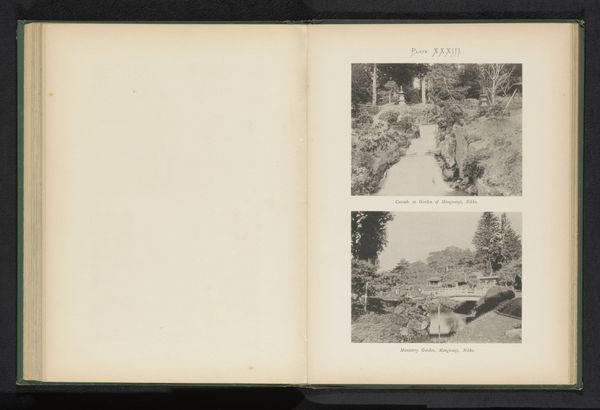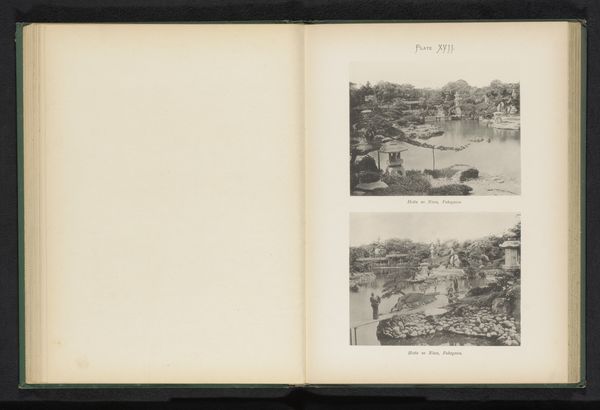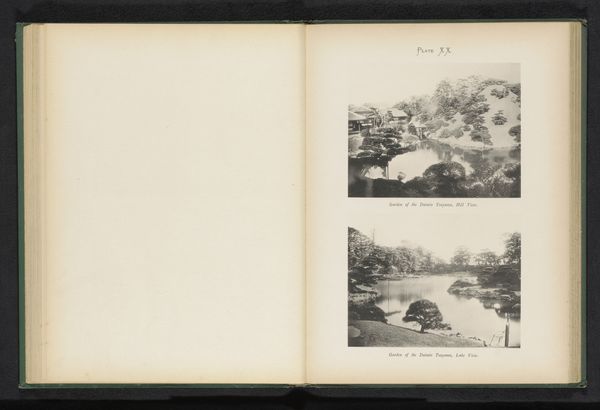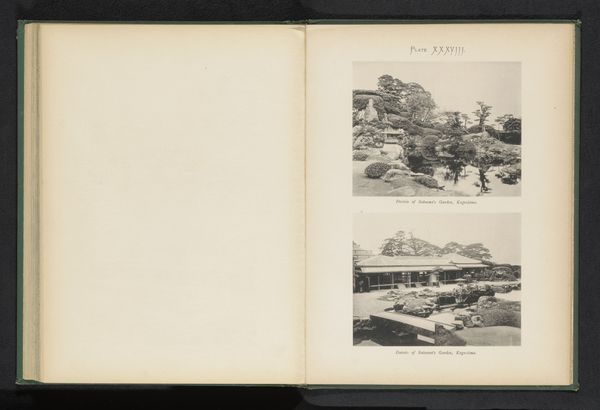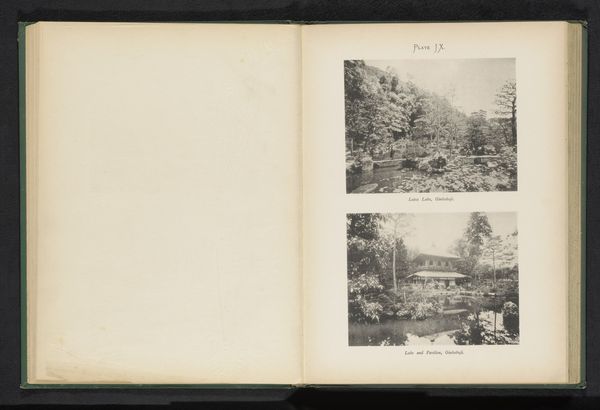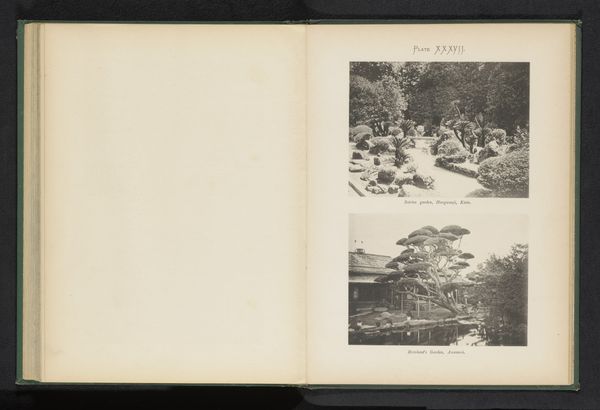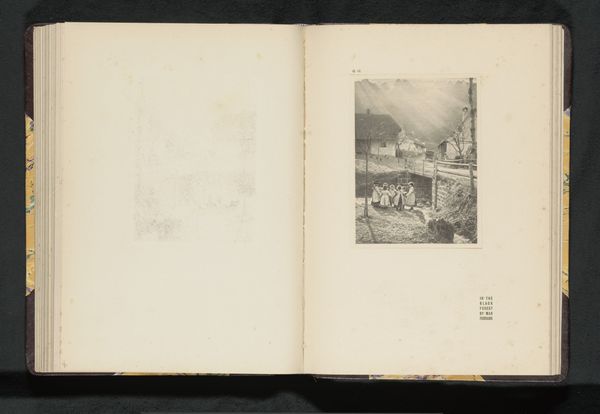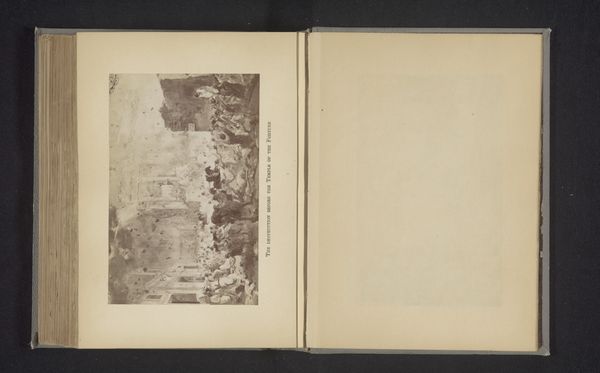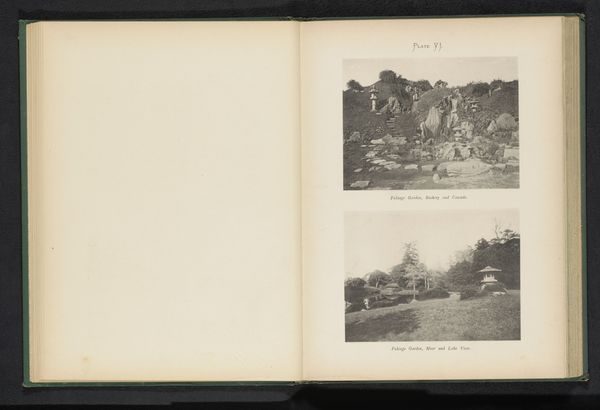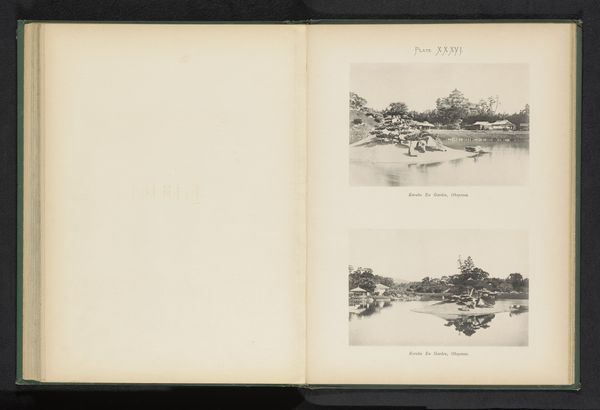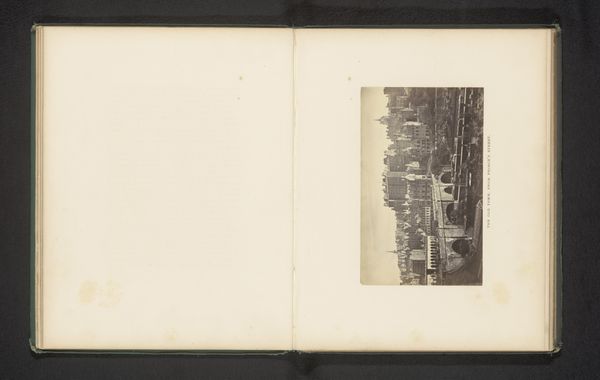
Twee gezichten op de tuinen van het Dainichi-Do klooster in Nikko, Japan before 1893
0:00
0:00
print, paper, photography, mezzotint
# print
#
asian-art
#
landscape
#
paper
#
photography
#
mezzotint
Dimensions: height 356 mm, width 258 mm
Copyright: Rijks Museum: Open Domain
Kazumasa Ogawa made these photographs of the Dainichi-Do monastery gardens in Nikko, Japan, sometime between the late 19th and early 20th centuries. Ogawa was a pioneer of photography and printing techniques in Japan, and his work provides insights into the country's encounter with Western technology and aesthetics during the Meiji era. The monastery itself has strong ties to the Tokugawa shogunate and its embrace of Neo-Confucianism, which saw the erection of elaborate buildings dedicated to scholarship. Consider how Ogawa's images capture the blending of traditional Japanese garden design with modern photographic methods. These photographs offer a glimpse into the cultural and institutional landscape of Meiji-era Japan, documenting how traditional spaces were being viewed and represented through new visual technologies. To fully understand the importance of the images, look into archives related to the history of photography in Japan, records of the Dainichi-Do monastery, and accounts of cultural exchange during the Meiji era.
Comments
No comments
Be the first to comment and join the conversation on the ultimate creative platform.

